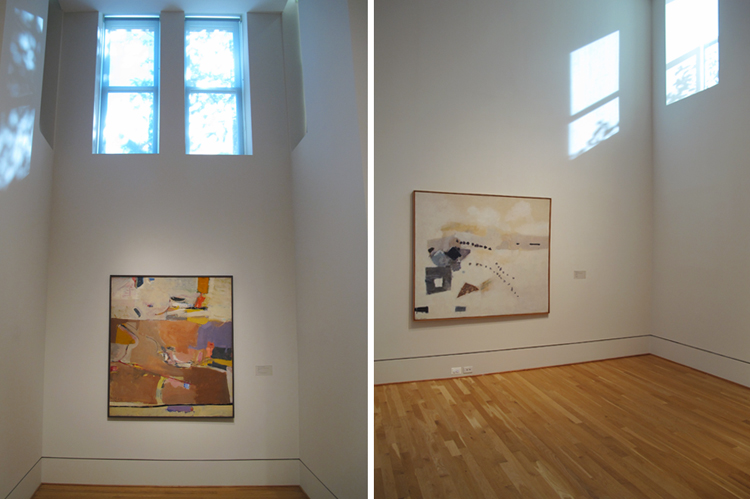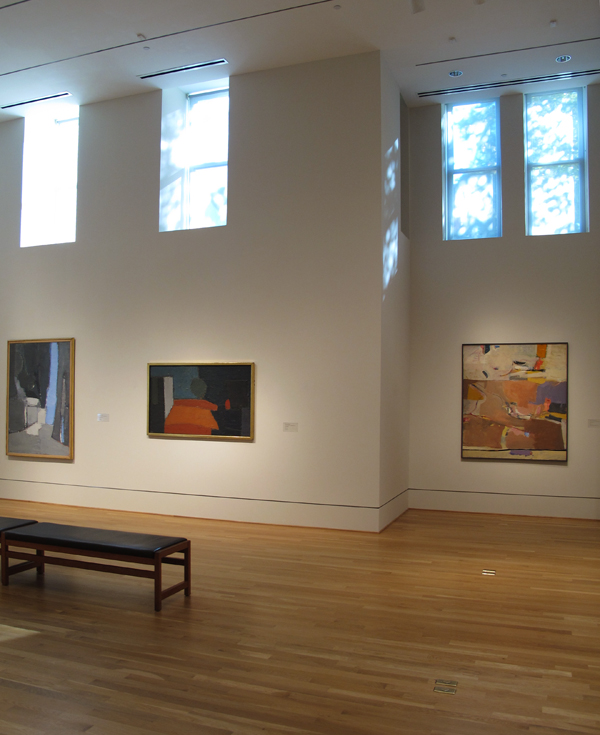
Arnold Friedman, World Series, undated. Oil on canvas, 20 1/8 x 24 1/8 in. The Phillips Collection, Washington, D.C. Acquired 1938.
Who ever thought D.C. would have such baseball fever after the past few worse-than-lackluster seasons with our Washington Nationals? But this city was full of fans-in-waiting, and now you see red Nationals caps all over town. Will our team make it through today’s playoff game? Will they make it all the way to the Big Show? In a display of support (or premonition?), we’ve hung Arnold Friedman’s painting World Series (undated) in a spot often held by Marjorie Phillips’s Night Baseball (1951). Duncan and Marjorie Phillips, true lovers of the game, would be thrilled at Washington’s display of baseball spirit.


